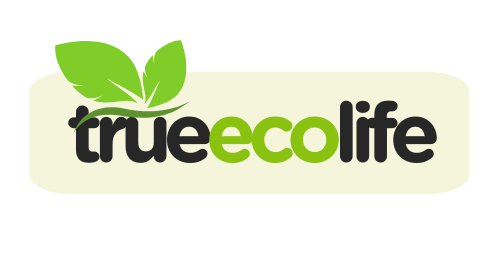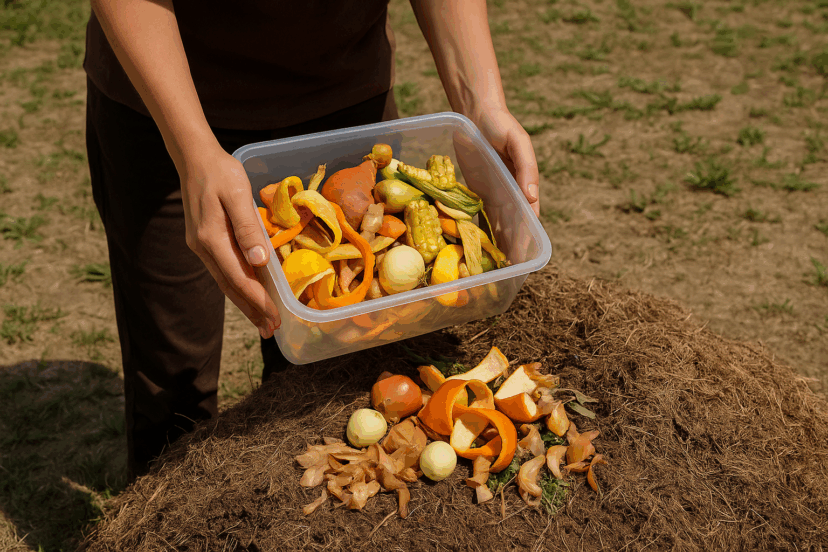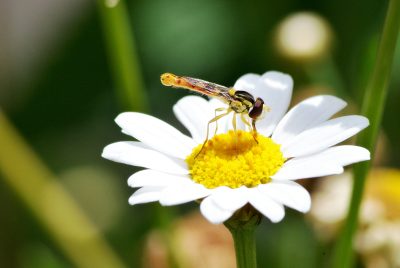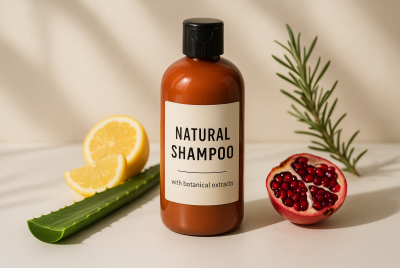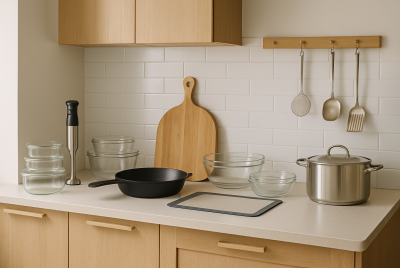How to Start Composting at Home: A Beginner’s Guide
We may earn a commission for purchases made using our links. Please see our disclosure to learn more.
Composting at home is one of the simplest and most effective ways to reduce waste, enrich your garden, and make a real difference in the environment. And you don’t need much because it’ll all come from your kitchen and backyard. Sometimes, tossing veggie scraps or sweeping dried leaves can make us feel guilty. But the good news is that these “trash” are a goldmine of compostable materials. Let me walk you through everything you need to know how to start composting at home plus the tools you’ll need.
Why Should You Start Composting at Home?
Each year, billions of pounds of food waste end up in landfills. This waste generates methane, a greenhouse gas far more potent than carbon dioxide. Composting at home breaks this cycle.
Instead of rotting in a landfill, organic waste decomposes naturally and safely in your own bin, creating a nutrient-rich material called humus that nourishes soil, promotes healthier plants, and reduces your household’s carbon footprint.
You’re not just throwing away banana peels—you’re building a better planet.
What You Need to Start Composting
Starting your composting journey doesn’t require high-tech gear or a green thumb. Just a few basic tools can set you up for success.
First, you’ll want a compost bin or tumbler. If you have outdoor space, a tumbling composter like the VIVOSUN Outdoor Tumbling Composter is perfect for keeping things neat and speeding up the process. Its dual chambers let you alternate between active and curing compost.
Next, consider how you’ll collect kitchen scraps. A countertop compost bin such as the Epica Stainless Steel Compost Bin makes it easy to store food waste during the day without odors taking over your kitchen.
Lastly, invest in a compost aerator or garden fork. The Yard Butler Compost Aerator is a simple tool that helps oxygenate the pile—essential for healthy decomposition.
These tools don’t just make the process easier—they help you stay consistent.
What to Compost (and What Not To)
Success with composting hinges on knowing what goes in and what stays out.
You’ll want to aim for a balanced mix of “greens” (nitrogen-rich materials) and “browns” (carbon-rich materials). Think of greens as wet, fresh scraps and browns as dry, woody or fibrous material.
Compostable “Greens” include:
- Fruit and vegetable peels
- Coffee grounds and tea leaves
- Fresh grass clippings
- Houseplant trimmings
- Crushed eggshells
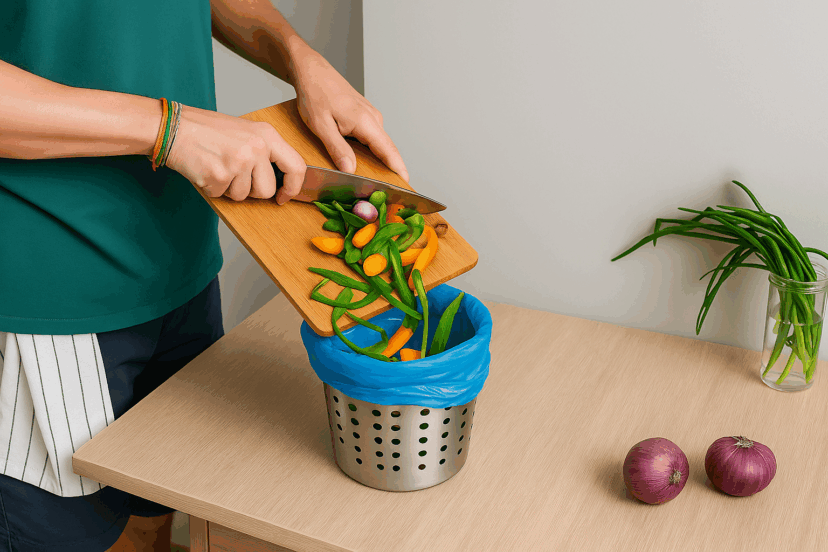
Compostable “Browns” include:
- Shredded paper or cardboard
- Dry leaves
- Straw or hay
- Untreated wood chips
- Paper towels and napkins (unbleached)
Do NOT Compost:
- Meat, dairy, or fish
- Greasy food or oils
- Plastic, foil, or synthetic fabrics
- Pet waste
- Diseased plants or invasive weeds
Mixing the right materials keeps your pile healthy, reduces smell, and speeds up decomposition.
How Does Composting Work?
It’s not magic—it’s microbiology.
When you build your compost pile correctly, microbes get to work breaking down organic matter. With the right balance of air, moisture, and materials, these microbes generate heat, break down waste, and leave behind dark, crumbly compost.
So when you compost at home, you’re not just recycling waste—you’re enhancing your soil with scientifically backed benefits.
Different Methods of Composting at Home
You don’t need a backyard to compost successfully. There are several composting methods tailored to different lifestyles and spaces.
Backyard Composting
This is the most traditional method. It works great if you have some outdoor space. Create a pile or use a bin, and layer your greens and browns. Make sure to turn it regularly and keep it moist like a wrung-out sponge.
Tumbler Composting
Compost tumblers are closed containers that you rotate to mix contents. They’re cleaner, faster, and reduce the chances of attracting pests—perfect for suburban setups.
Vermicomposting (Worm Bins)
Don’t worry—this one’s not gross! Red wigglers eat your scraps and produce ultra-rich worm castings. Ideal for apartments or classrooms, this method requires only a small plastic bin, bedding (like newspaper), and worms.
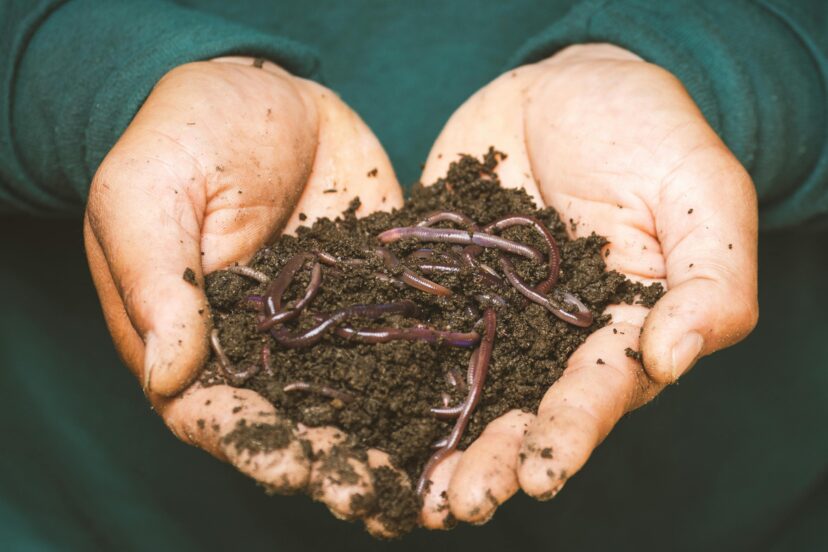
Bokashi Composting
This Japanese method uses fermented bran to pre-digest food waste in an airtight bin. It’s one of the few composting methods that safely handles meat and dairy.
Trench Composting
Got a garden bed? Dig a shallow trench, dump in your scraps, and cover with soil. The waste decomposes underground, enriching the soil in place. Low-maintenance and pest-free.
Pro Tips to Keep Your Compost Healthy
- Maintain a 2:1 ratio of browns to greens
- Chop or shred large items for quicker breakdown
- Keep it moist but not soggy
- Turn or stir your pile once a week
- Keep your compost in shade or partial sun to avoid drying out
And remember—composting is a process. Don’t worry if it takes a few tries to get it just right. You’re doing great just by trying.
Composting Products Worth Having
If you want to streamline your composting efforts, consider picking up a few tried-and-tested products from Amazon:
- VIVOSUN Tumbling Composter – The VIVOSUN Tumbling Composter helps speed up decomposition with its dual-chamber system.
- Epica Countertop Bin – The Epica Countertop Bin keeps odors at bay while collecting daily scraps in style.
- Yard Butler – A compost aerator like the Yard Butler makes turning your pile less of a chore.
- Worm Composter – If you’re short on space, a Bokashi bin or worm composter can work wonders indoors.
Investing in the right tools not only makes composting easier—it makes you more likely to stick with it.
Composting at Home Is a Lifestyle, Not a Chore
It’s easy to think composting is just one more “green thing” you have to do. But here’s the truth: once you start, it becomes second nature. There’s something deeply satisfying about seeing your food scraps become fertile soil. You’ll cut down on trash, save money on fertilizers, and maybe even grow the best tomatoes of your life.
In fact, many eco-conscious individuals find that once they begin composting, they start exploring other sustainable swaps in daily life—from reusable produce bags to sustainable underwear options that reduce textile waste. Whether you live in a high-rise apartment or have acres of land, composting is accessible, affordable, and incredibly rewarding.
Scientific Support for Composting’s Environmental Impact
Research has consistently shown that composting at home plays a vital role in reducing harmful emissions and improving waste management. A study on the environmental assessment of home composting published in ScienceDirect highlights that diverting organic waste from landfills significantly lowers greenhouse gas emissions and contributes to a more sustainable waste cycle. Supporting this, an article on composting and climate change by Reencle explains how composting reduces methane production—one of the most potent contributors to global warming—by eliminating anaerobic decomposition that occurs in landfills. These findings offer strong scientific validation for making composting a daily habit.
Final Thoughts
There’s never been a better time to start composting at home. Whether your goal is to reduce waste, grow better veggies, or just live more mindfully, composting offers a rewarding, eco-friendly path forward.
So the next time you peel a carrot or brew a pot of coffee, pause before tossing it in the trash. That little bit of effort adds up to big environmental change.
Ready to get started? Grab a compost bin, gather your scraps, and give back to the earth—one banana peel at a time.
FAQs
1. Will composting make a mess or create bad smells?
Not if done correctly. A healthy compost pile should smell earthy, not rotten. Turning the pile and balancing your greens and browns will prevent odors.
2. How long does it take to get finished compost?
Depending on your method and materials, compost can be ready in 2 to 6 months. Tumblers and worm bins are typically faster than static piles.
3. Can I compost in a cold climate?
Yes, but decomposition slows in winter. Insulated bins or indoor methods like Bokashi can help keep things moving.
4. Is it necessary to use worms for composting?
Nope! Worms help speed things up in vermicomposting, but regular backyard composting relies on microbes and works just as well.
5. Can I use compost on houseplants?
Absolutely! Just make sure it’s fully decomposed (dark, crumbly, no smell) before using. It adds nutrients and improves water retention in potted soil.
